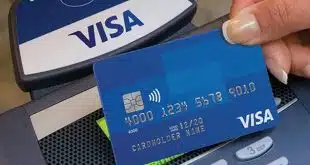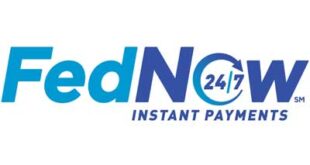We normally don’t use this space to toot our own horn, and this month will be no exception. But I do want to take advantage of the opportunity to draw your attention to our cover feature. This is our annual look at the players who are offering what the payments industry, as a matter of convention, has come to call alternative payments.
Now, opinions differ on just what an alternative payment is. PayPal, for example, is usually held up as the most prominent and successful of the purveyors of alternative-payment methods. But how “alternative” is PayPal these days, any way? Is it not, with its 94 million active users, more or less as mainstream as Visa or MasterCard? Our opinion is that PayPal still qualifies, and it’s included in our Guide.
Generally speaking, we define an alternative-payment system as any network or consumer interface that displaces the Visa/MasterCard/AmEx /Discover network (seen as one traditional system for our purposes), enables payments in a way that stands apart from that network (even if it ultimately uses it), and/or stands between that network and the consumer in an important way.
We sifted through dozens of possibilities and ended up with the 35 entries you’ll find in this issue, up from 24 last year. Our goal was to present a representative variety of players, from established processors to recent entrants, from companies that rely on cards to those that use the automated clearing house network or electronify checks utterly. How many such companies there are these days is hard to say. Suffice it to say there are plenty more than 35.
The interesting question, then, is this: With such a variety, which ones will stand the test of time? Put another way, what characteristics make for success? Our own opinion in this matter is that merchant adoption is crucial. Yes, of course, an alternative system must attract users. But no alternative system can long survive without reaching a mass of endpoints where consumers can use the system. This was true back in the ‘80s, when Discover itself was an alternative, and it has proven true over the years for PayPal, which only really began to take off after its 2002 acquisition by eBay, which provided a ready-made marketplace.
As one industry observer pointed out to us recently, this business of acquiring merchants is not just hard, but “brutally” hard, work. Many a failed system has underestimated this grim truth. And here’s one other possibility: Not only will merchant acceptance decide the survivors, it may thereby render moot the ongoing argument between merchants and banks over traditional-network acceptance costs.
John Stewart, Editor
john@digitaltransactions.net




